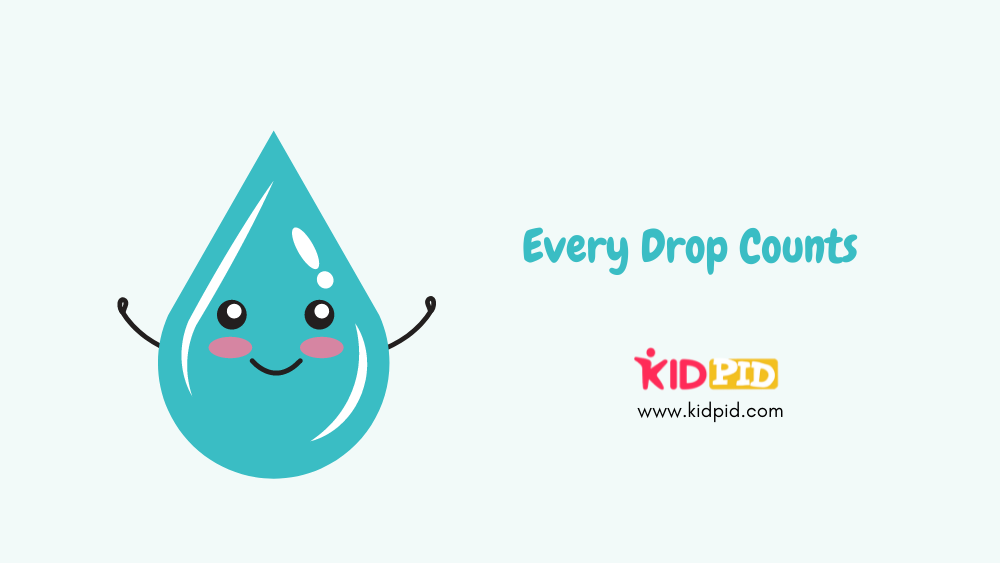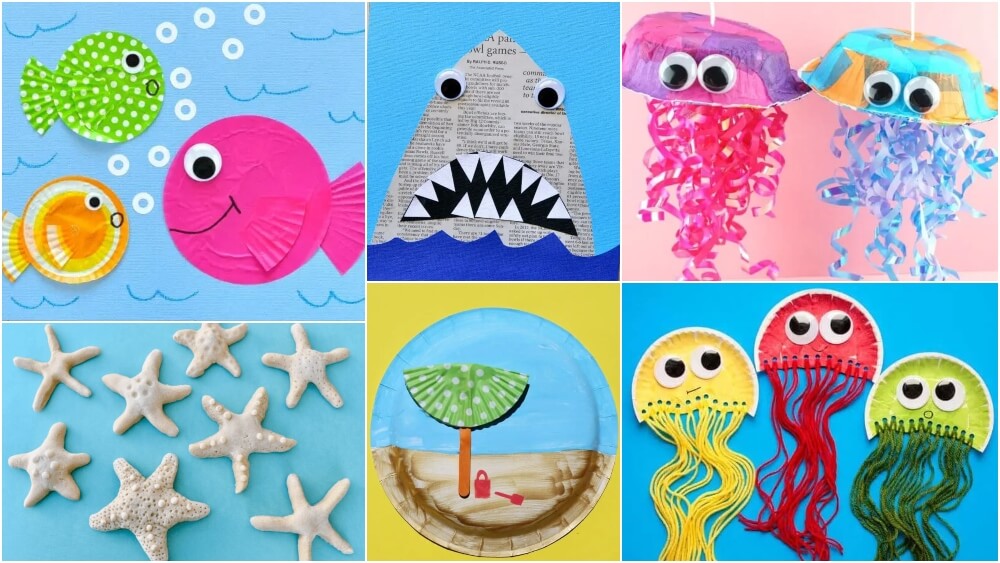Every Drop Counts

Water is essential for life. Without water, humans can only survive for three days. So we can appreciate just how important water is for our sustenance.
Water covers 70% of the earth. Out of this, 97.2% is saline and only 2.8% is fresh.
Now, what are some common sources of water?
- Groundwater
- Precipitation such as rain, hail, snow, etc
- Surface water such as rivers, streams, glaciers.
- Municipal water supply network
All of us obtain water through various different sources. However, in the olden days, water was mainly obtained through rainfall.
- People of a community used to come together, businessmen and labourers alike, and together they would dig lakes
- When the rainy season came, the rainwater would get collected in these lakes
- People would then collect the water from these lakes and use them
- In places where very heavy rainfall occurred, the lakes would often overflow with water. In order to prevent wastage of rainwater, people often built a second lake at a lower level. As a result, when the rainwater overflowed from the first lake, instead of getting wasted, it would simply flow into the second lake.
- In dry climates where it would hardly rain two to three days a year, the water that was collected in the lake during the last rainfall would be used by the people in the community.
- As a result, the soil in the surrounding areas would become wet and fertile.
- Some water from the lakes would seep into the ground into wells and stepwells.
- Stepwells are very deep, often as deep as 30 meters! The walls are lined with steps and stairs. So, instead of carrying water up, like in a well, people had to walk down to the well and collect water
- Every household used to have a system for harvesting rainwater. A pipe connected the roof of the house to the water tank beside the house. The rainwater collected in the roof of the house passed through this pipe and was collected in the underground tank. Now, water was taken from this tank, through the well, using a pulley and bucket system, as and when required.
Contents
Activity:
- Think of a time when it rained in your locality. What happened to the rainwater? In all probability, it went to waste. Think of a way in which this rainwater can be processed and utilized for consumption.
- Ask your grandparents or an elderly person in your community how they used to obtain water when they were your age.
Ways to Carry Water
- In the olden days, piaus or communal water drinking areas were built to make water available for tired travellers visiting the country from far and wide.
- Leather bags or mashaks were filled with water and carried.
- Nowadays, bottles are used to store and carry water. Water bottles can easily be bought from stores when required.
Water and its Customs
As water is of utmost importance in life, there are various customs related to water. It is a way for people to show respect to nature and its bounty.
- In some places, when lakes get filled up with water after a good monsoon season, people gather around the lake to celebrate and rejoice together.
- In many cultures around the country, the newly wedded bride worships the source of water in her new house. In villages, they bow to the pond or spring from which water is collected whereas, in cities, the tap is worshipped.
Water Sources and Their Maintenance
We all obtain our drinking water from a variety of different sources. Let’s try to understand these sources.
- In many colonies, people must stand in line and collect water from a Jal Board water tanker. Fights and disputes over water occur frequently.
- Water may also be directly supplied to the water tanks of houses. However, this is only for a fixed amount of time, everyday.
- Water is often directly pumped from the Jal Board pipeline. However this practice is unfair to the people who have to wait in line to get water while the pumps directly supply it to a few select homes and localities.
- A motor is used to pump water from borewells. However, borewells are detrimental to the environment as they deplete the underground water supply.
- In many households, water is available in taps all day long.
- Handpumps are also a source of water. However, in most cases, this water is salty and impure and is not suitable for drinking.
- In some rare cases, water is directly obtained from lakes and canals.
Now, in the city, wells are rarely used any more. The main reason behind this is that the wells have dried up. Why have the wells dried up?
- Water is being pumped up from the ground thereby depleting the source of water for wells.
- Lakes for collecting rainwater are either no longer there or they are extremely dirty and are not cleaned/maintained. As a result, any water collected in these lakes cannot be consumed.
- The soil around trees and parks have been cemented. As a result, there is no way for the rainwater to be absorbed by the earth and collected underground.
Access to water is a fundamental right of every human being. However, there are many flaws in this system. Many people have to pay hefty amounts of money for water supply and with the increasing water scarcity, these prices will only go up.
Discussion:
- Discuss with an adult in the family how much money is spent on water monthly. Compare it with other people who live in your locality.
- Do you think it is fair that people have to pay for something as essential as water?
Activity:
Make a list of the various sources of drinking water in your locality.
Come up with alternate sources of water.
Is it possible to introduce it in your locality?






Responses